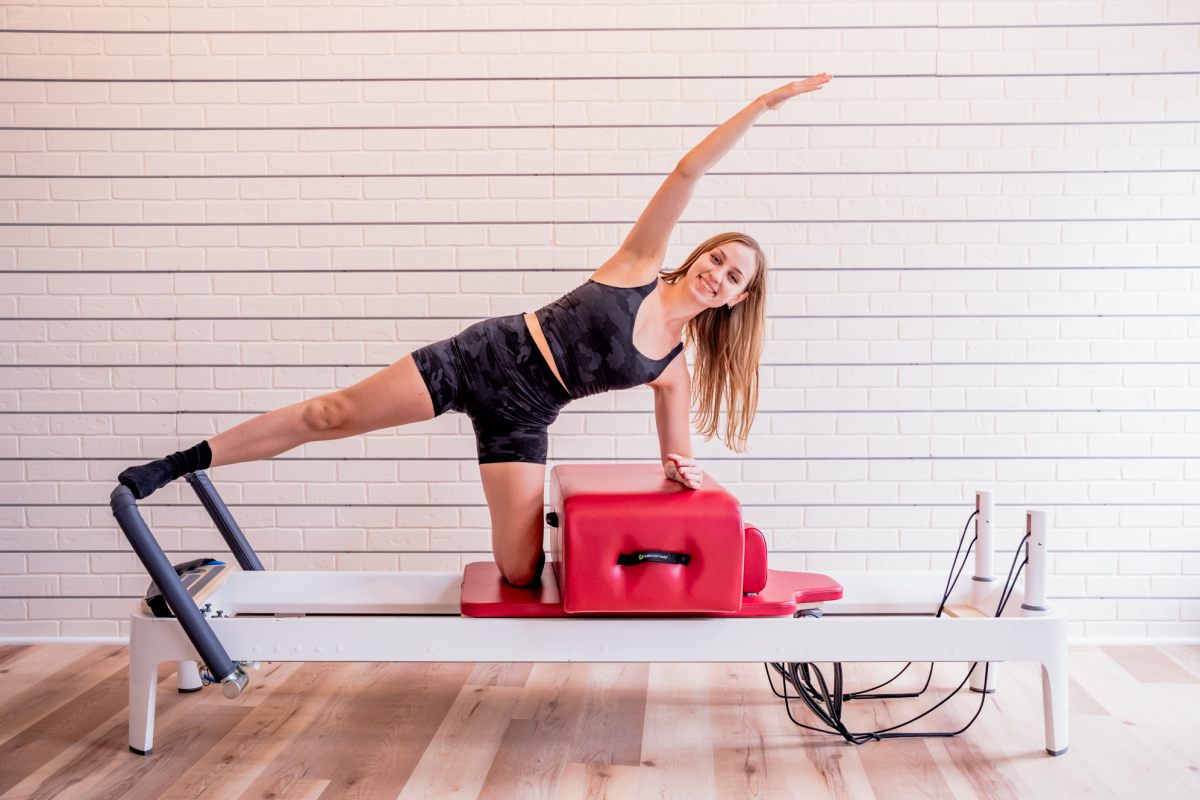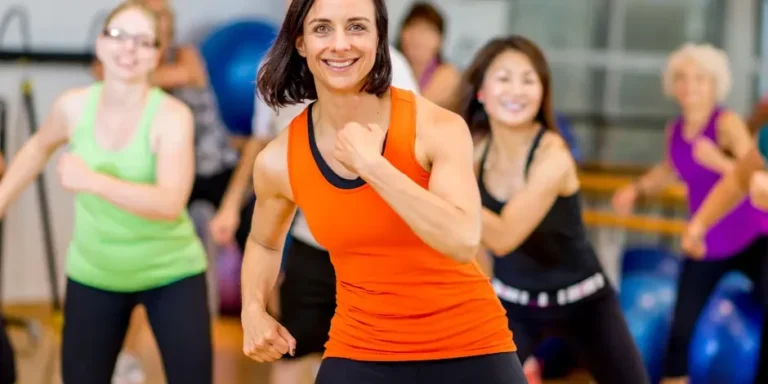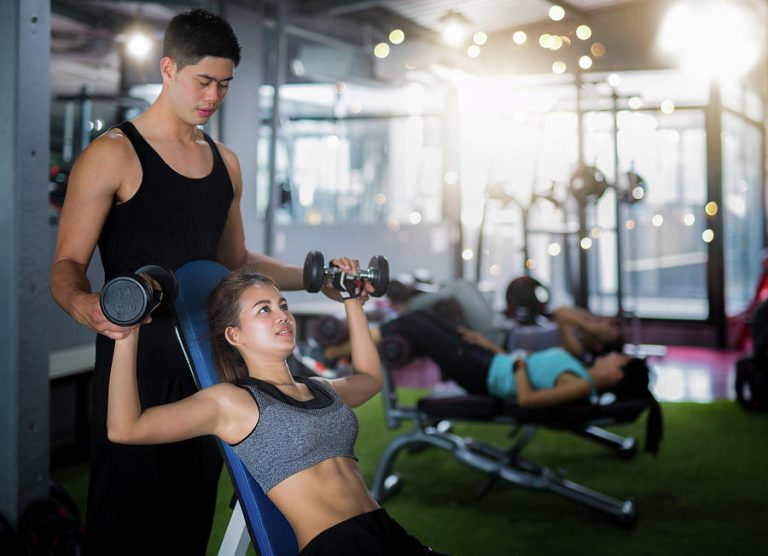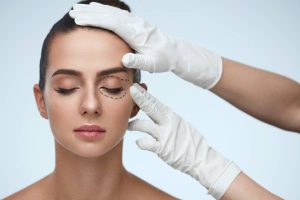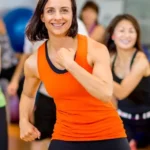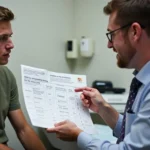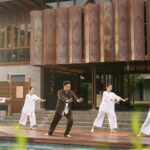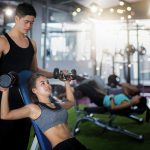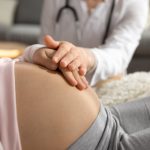As Singapore’s population gracefully ages, more seniors are seeking safe and effective ways to stay active, mobile, and strong. From morning tai chi at the park to aqua aerobics, the options are varied. But among these, pilates reformer workouts stand out as a top choice for mature adults who want to build strength, improve flexibility, and support joint health—all without harsh impact or strain on the body.
Reformer Pilates offers a tailored, low-impact approach that aligns beautifully with the needs of older adults. Whether you’re an active retiree looking to maintain vitality or someone managing age-related stiffness or discomfort, this workout offers long-term benefits that go beyond the physical.
Let’s explore why reformer Pilates is gaining popularity among seniors in Singapore and how it can support both physical and mental wellness in your golden years.
The Ageing Body and the Need for Smarter Movement
Ageing brings about natural physical changes—muscle mass decreases, joints may stiffen, balance can waver, and bone density often declines. This doesn’t mean one should stop moving. On the contrary, gentle and regular movement becomes more important than ever to prevent falls, improve mobility, and support overall wellbeing.
Reformer Pilates meets these needs perfectly. The workout uses a spring-based machine that supports your body during movement, allowing for resistance-based training without the joint compression of traditional weight lifting or high-impact cardio.
How Reformer Pilates Benefits Seniors Specifically
Unlike traditional fitness classes that may push participants to their limits, reformer Pilates focuses on precision, stability, and alignment. For older adults, this means the ability to strengthen muscles and improve posture in a safe, controlled setting.
Here’s why reformer Pilates is particularly beneficial for seniors in Singapore:
1. Gentle on the Joints
Reformer exercises are performed on a padded carriage that glides smoothly back and forth. Movements are fluid and adjustable, which means no hard landings or jerky transitions. This makes it suitable for individuals with knee osteoarthritis, hip stiffness, or past joint replacements.
2. Builds Functional Strength
Functional strength refers to the kind of strength that helps you move better in everyday life—getting out of a chair, climbing stairs, or carrying groceries. Reformer Pilates targets core stabilisers, glutes, shoulders, and legs to help support daily function.
3. Improves Balance and Fall Prevention
Falling is one of the greatest health risks for seniors. Pilates enhances proprioception (your body’s awareness in space), which helps with balance and coordination. Many exercises challenge balance while keeping you safely supported by the reformer, which trains the nervous system without increasing risk.
4. Supports Posture and Spinal Health
Rounded shoulders, forward head position, and spinal compression are common age-related issues. Reformer Pilates encourages spinal mobility, decompression, and back muscle engagement. This leads to better posture, reduced pain, and improved breathing.
5. Enhances Flexibility Without Overstretching
Tight hamstrings, hip flexors, and back muscles can limit movement. Pilates reformer stretches these areas slowly and with control, allowing seniors to regain flexibility safely and with precision. Springs provide assistance, making the stretch feel supported rather than forced.
6. Boosts Mood and Mental Sharpness
Movement has direct links to cognitive health. Reformer Pilates combines breathwork with mindful movement, offering a mental workout along with the physical. Seniors who practice regularly often report improved focus, mood, and reduced symptoms of anxiety.
Reformer Pilates in the Singapore Context
Singapore’s senior population is expected to double by 2030. Many active older adults are turning to holistic practices that support longevity and quality of life. Studios like Yoga Edition have begun offering beginner-friendly group reformer classes with trainers experienced in working with mature bodies.
The city’s walkability, MRT access, and health-conscious culture also make it easier for seniors to attend classes consistently. With safety and progression as top priorities, the Pilates reformer is well-suited for Singapore’s elderly population who value both physical fitness and mindful wellbeing.
What to Expect in a Senior-Friendly Reformer Class
Senior-friendly reformer Pilates sessions differ slightly from standard classes. Movements are often slower, more grounded, and adjusted to individual capabilities. Instructors typically limit exercises that require fast transitions or excessive balance demands until you’re ready.
Personalised Modifications
Trainers will help you set up the machine to accommodate mobility issues, tightness, or joint conditions. For instance, if lying flat is difficult, a headrest or wedge cushion can be used.
Focus on Breathing and Core Awareness
Expect lots of attention on diaphragmatic breathing and gentle core activation. This not only protects the back but also improves circulation and respiratory health.
Full-Body Movement
Though low-impact, you’ll still work your legs, arms, back, and abdominals. The emphasis will be on form over speed, often with fewer reps and more control.
Calm and Supportive Environment
The class will likely have a quiet, nurturing feel. There’s no pressure to outperform others or keep up with fast music. It’s all about moving with awareness and progressing at your own pace.
Real-Life Experiences of Seniors in Singapore
Take Mr. Tan, age 68, who started reformer Pilates after a minor slip-and-fall incident. After six weeks of attending classes twice a week, he noticed improved hip mobility and felt more confident navigating stairs and wet floors.
Or consider Ms. Kamala, 72, who struggled with lower back stiffness and sleep disruptions. She reports that after a month of reformer Pilates, she sleeps better, stands taller, and feels stronger carrying groceries or playing with her grandchildren.
These stories reflect the growing appreciation among seniors for movement practices that support long-term health in a non-aggressive way.
Tips for Seniors Starting Reformer Pilates
-
Get medical clearance if you have any pre-existing conditions, recent surgeries, or balance issues
-
Look for beginner or senior-focused classes, rather than general or advanced levels
-
Communicate with your instructor about pain, discomfort, or confusion with movements
-
Bring grip socks, water, and wear comfortable clothing that allows free movement
-
Take breaks when needed, and remember that consistency is more important than intensity
✅ Frequently Asked Questions
Q. Is reformer Pilates safe for people over 65?
A. Yes. When taught by a qualified instructor and tailored to your needs, reformer Pilates is one of the safest and most effective forms of exercise for older adults. It’s gentle on joints and helps build the strength needed for daily life.
Q. What should seniors avoid during a class?
A. Avoid anything that feels painful, especially positions that strain the neck or lower back. Skip advanced balance work until you’re confident. Always inform your instructor about any discomfort.
Q. Can I join a regular class, or do I need a special senior session?
A. Many general beginner classes are suitable for seniors, provided the instructor is aware of your needs. However, some studios in Singapore offer dedicated senior-friendly sessions with extra care taken on setup, tempo, and progression.
Q. How often should seniors do reformer Pilates?
A. Two sessions per week is a great starting point. Some seniors find value in three sessions weekly for improved flexibility and balance, but it’s important to allow time for rest and recovery.
Q. Will this help with conditions like arthritis or osteoporosis?
A. Yes, reformer Pilates is excellent for managing arthritis symptoms through gentle movement. For osteoporosis, the resistance component can help improve bone density, but instructors will avoid high-risk spinal flexion exercises.

